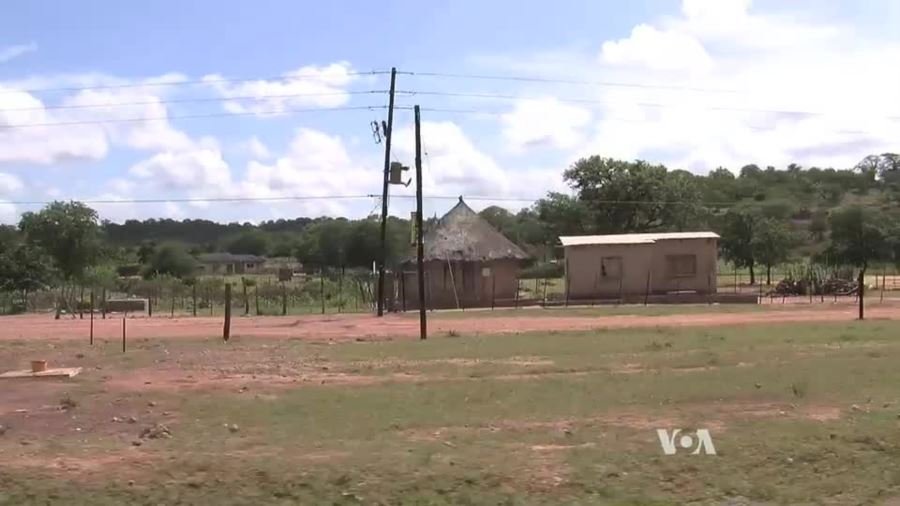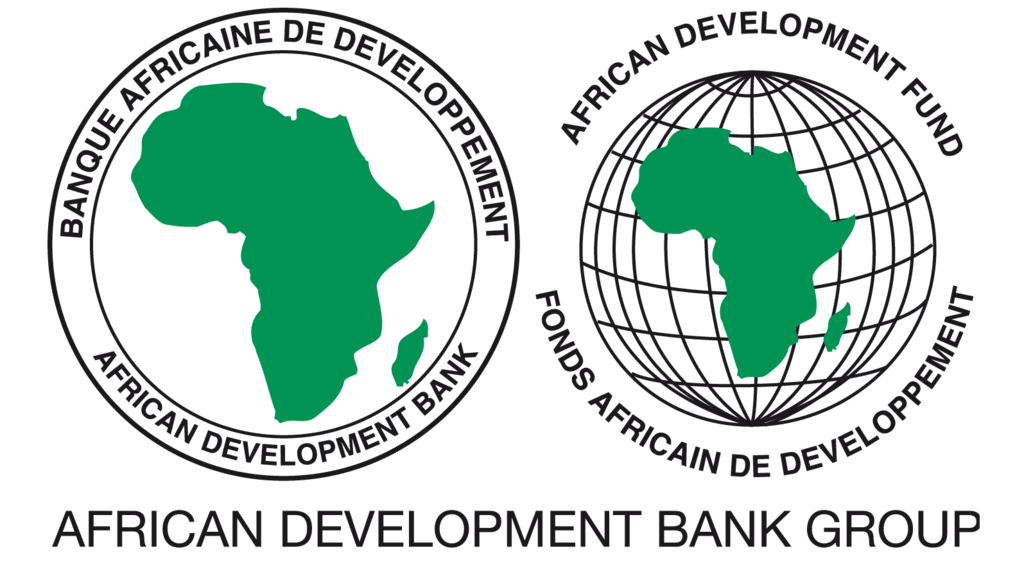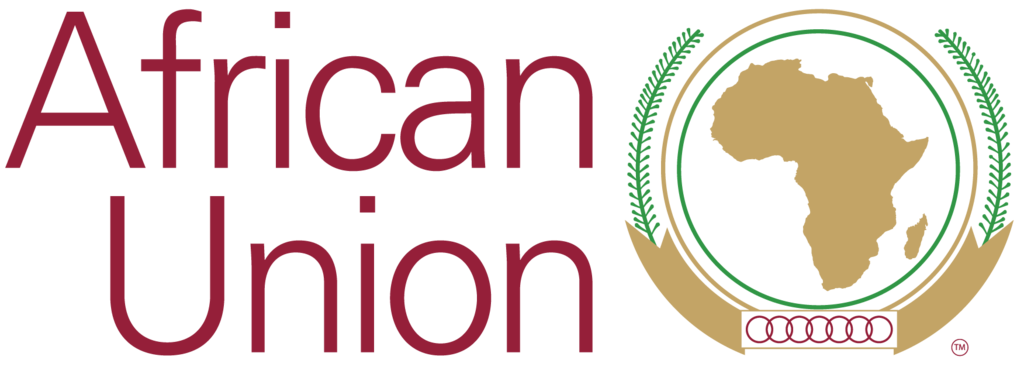The SEforALL Africa Hub manages a regional Green Mini-Grid Market Development Program (GMG MDP).
Green Mini-Grids are a key strategy for achieving universal power access in Africa
Green Mini-Grids (GMGs) serve the needs of communities too distant to be economically connected to the grid in the near to medium term, but densely populated enough to offer economies of scale in power delivery compared with individual home systems. The International Energy Agency has estimated that mini-grids are the least-cost option and could serve up to 290 million people by 2030. Universal power access in Africa will require as many as 150,000 mini grids.
However, the development of Green Mini-Grids presents a number of challenges. Chief amongst these challenges is profitability and therefore sustainability. Building a mini grid is not inexpensive, and therefore payback periods are likely to be relatively long in African environments where households and businesses have limited ability to pay. Related to the challenge of profitability is, therefore, commercial financing of any mini grid initiative. Banks are seldom interested in investments resulting in small margins and relatively long payback periods. There are other challenges as well, including:
- Creating an enabling policy and regulatory environment for private investment
- Measuring demand and designing an appropriate technical response
- Limited business acumen of potential mini grid developers
- nQuality assurance, technical and safety standards
- Building, operating and maintaining the mini grid
- The potential arrival of and connection to the main grid
- Theft and risk mitigation, including local currency depreciation
- Developing productive use clients and ensuring reliable revenue
- Few best practices and business models for replication
The Sustainable Energy Fund for Africa (SEFA) approved in June 2015 a USD 1 million grant to launch Phase 1 of the GMG MDP, then approved in June 2017 a USD 3 million grant to support Phase 2. The GMG MDP is being implemented by the SEforALL Africa Hub at the African Development Bank and participates actively in the Mini-Grid Partnership, which includes the donors, companies and public sector stakeholders active in the sector.
The objective of the Green Mini-Grid Market Development Program is to support the scale-up of investments in commercially viable GMG projects through a broad range of interventions to improve the enabling environment. The project seeks to remove or reduce market barriers at regional scale and strengthen the ecosystem for the emergence of a thriving GMG sector in Sub-Saharan Africa – contributing significantly to the objectives of the SEforALL, and most specifically universal access to modern energy by 2030.
The GMG MDP is being implemented through five business lines, with specific activities envisaged for the Program’s first phase:
- Market Intelligence: We conduct country-specific mini-grid market opportunity assessments with information on policies and regulations. We are also building a pan-African mini-grid database with market information (CAPEX, OPEX, connections, etc.) for each GMG.
- Business Development Support: We provide advisory/Help Desk services to developers. A GMG toolkit – with a complete range of knowledge products and tutorials for GMG developers – is available through GMG MDP Help Desk. Launched in September 2016, this dedicated website has recently expanded to include country-specific pages, links to partner websites and technical assistance to public sector policy makers. The GMG MDP is developing a best-practice guide for stimulating productive use around GMGs.
- Policy and Regulatory Support: We drafted the GMG Africa Strategy, which was subsequently endorsed by the African Union Commission. SEFA and the SE4ALL Africa Hub are also working with individual ministries of energy to develop policies, strategies and plans for GMG development in their countries. Country programs are underway in Mozambique, Rwanda, Mali and Burkina Faso and beginning soon in the Gambia, Niger and the DRC;
- Quality Assurance: A Quality Assurance Framework (QAF) for Mini-Grids, developed by Global LEAP (Lighting and Energy Access Partnership), the U.S. Department of Energy and the USG National Renewable Energy Laboratory is being introduced to twelve GMG developers in Nigeria. Going forward, financing provided by the AfDB to GMG developers will require them to apply to the QAF.
- Access to Finance: After mapping available financial instruments in support of GMGs ]in 2016, the AfDB created the Facility for Energy Inclusion (FEI) in 2017. FEI is a $500 million fund providing debt to small renewable IPPs, GMGs and off-grid solar companies. The GMG MDP is currently developing a results-based financing fund that will provide grant bonuses to GMGs based upon new power connections. We are also designing a training program for commercial investors unaccustomed to the GMG sector.
Keep visiting this site over future months to learn more about the GMG MDP, the Green Mini Grid sector and how you can get involved in this new business opportunity.
Visit the GMG MDP Helpesk






